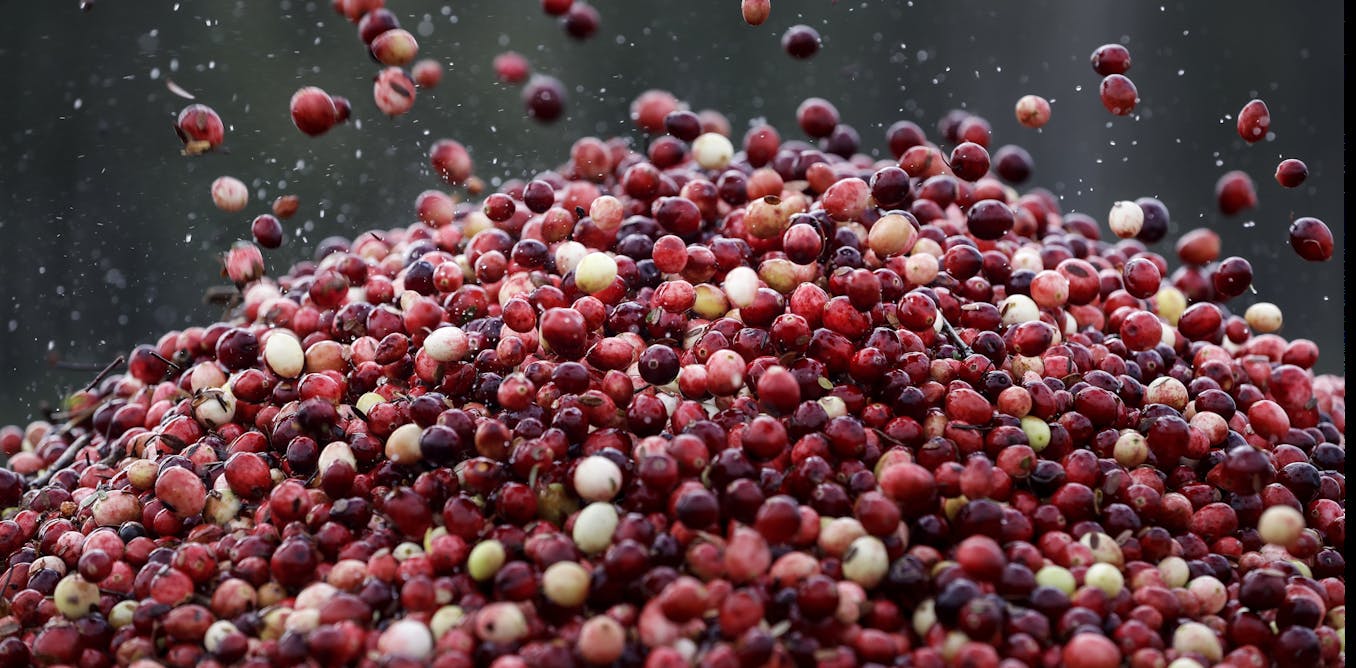Science
Strawberry Moon 2024: See summer's first full moon rise a day after solstice
Summer is about to kick off with a bright start. This month's full moon, known as the Strawberry Moon, will be at its fullest on Friday, June 21 — one day after the summer solstice — and will shine in the constellation Sagittarius. The moon will also appear bright and full on Thursday (June 20) and Saturday (June 22).
The full moon's closeness to the date of the solstice, or the start of the astronomical summer, has a noticeable visual effect. Since a full moon sits opposite the sun relative to Earth, it mirrors the sun's position in the sky. In June — and particularly close to the solstice — the sun is at its highest of the year in the Northern Hemisphere. Its position at midday on the solstice, on June 20 this year, is the highest it ever gets. That makes the full moon the following day the lowest of the year.
It's also the farthest full moon from the sun of the year. That's because the Earth's slightly elliptical orbit of the sun takes it farthest away on July 5. That point is Earth's annual aphelion. Therefore, the closest full moon to that date must be the moon's annual aphelion.
Related: The 1st 'major lunar standstill' in more than 18 years is about to occur. Here's how to see it.
According to Timeanddate.com, the Strawberry Moon, which has Native American origins, gets its name from the wild strawberries that ripen this month. Other Native American names for June's full moon include the Berries Ripen Moon, Green Corn Moon and Hot Moon. Anishinaabeg, or Ojibwe, Indigenous people of the Great Lakes region know it as Waabigonii Giizis (Blooming Moon), according to the Center for Native American Studies.
The Celtic names for the June full moon are Horse Moon, Dyan Moon and Rose Moon, while other English names include Flower Moon, Planting Moon and Mead Moon.
— Daytime moon: Why can we sometimes see the moon in broad daylight?
— What would happen if the moon disappeared tomorrow?
— Space photo of the week: 'Earthrise,' the Christmas Eve image that changed the world
From North America, the best time to watch the full moon will be Friday, when it rises in the east very close to sunset. Check the moonrise and moonset times for your location, and find a place with a low view of the eastern horizon. The next full moon will be the "Buck Moon" on Sunday, July 21, 2024.
-

 Science2d ago
Science2d agoInside Capitol Hill’s Latest UFO Hearings
-

 Science2d ago
Science2d agoYou Won’t Want to Miss the Leonid Meteor Shower. Here’s How and When You Can See It
-

 Science3d ago
Science3d agoHere’s What Trump’s Win Means for NASA
-

 Science6d ago
Science6d agoWhy Risky Wildfire Zones Have Been Increasing Around the World
-

 Science1w ago
Science1w agoIt’s Time to Redefine What a Megafire Is in the Climate Change Era
-

 Science1w ago
Science1w ago4 Astronauts Return to Earth After Being Delayed by Boeing’s Capsule Trouble and Hurricane Milton
-

 Science1w ago
Science1w agoThe Elegance and Awkwardness of NASA’s New Moon Suit, Designed by Axiom and Prada
-

 Science2w ago
Science2w agoSpaceX Launches Its Mega Starship Rocket. This Time, Mechanical Arms Catch It at Landing



























